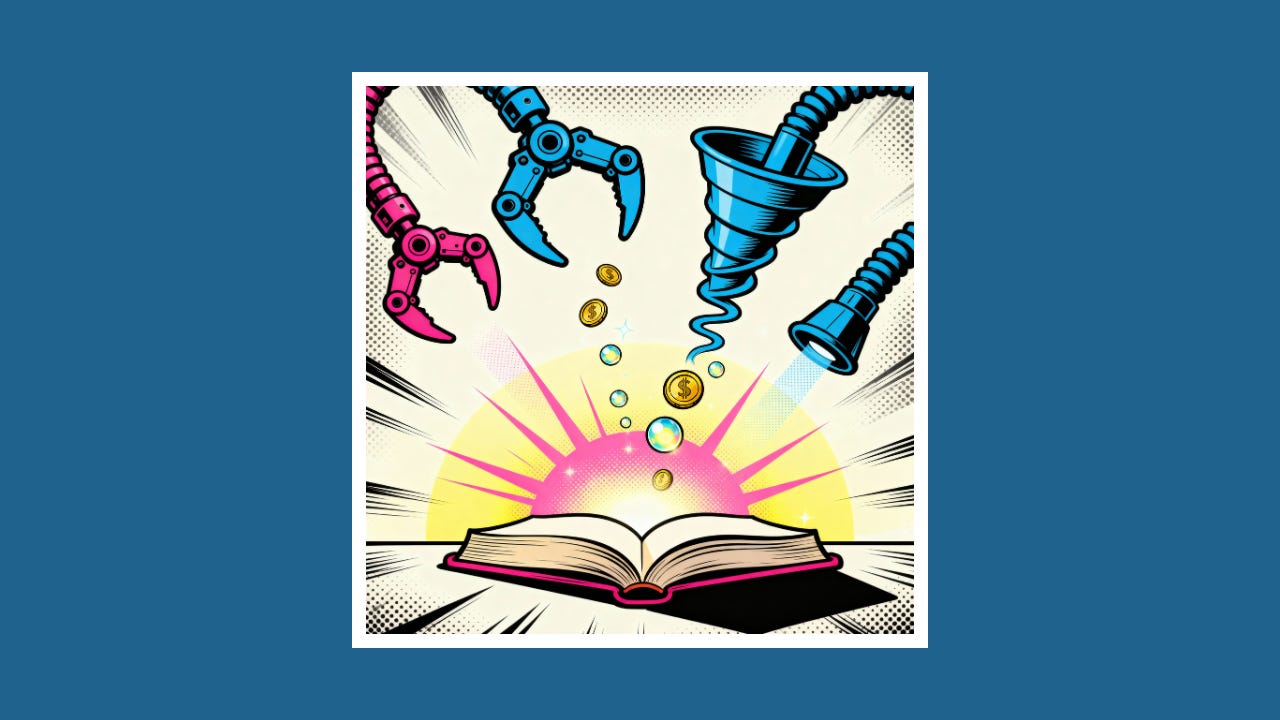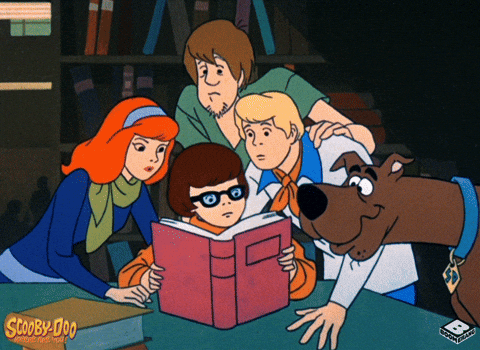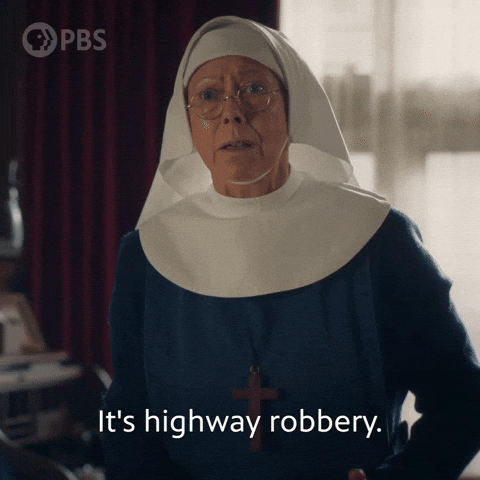The 4 publishing traps that drain authors’ economics
Why would you give away lifetime rights to your work for less than one year of earnings?
This is a 🏴☠️ Founding Members–Only 🏴☠️ post. Founding Members get access to the Pirate Eddie Bot to ask category design questions, the full Category Pirates library with 200+ mini-books, audiobooks, and more. See the Founders Deck here.
Dear Friend, Subscriber, and Category Pirate,
Every industry has a set of unspoken rules that most people follow, without ever asking why.
Publishing is one of the worst offenders.
For decades, authors have been told that books don’t make money, royalties are symbolic, and “exposure” is the reward. We’ve been conditioned to feel grateful for a system that quietly siphons away the value we create. Yet the moment you dive into the math, a crack appears.
The problem is the system itself.
Once you see the patterns, you can’t unsee them.
Let’s name them (using a category lens) so the fog lifts and the patterns become visible.
The 4 Publishing Traps That Impact Authors’ Economics
Earlier this week, Pirate Eddie jammed with Paul Millerd, author of The Pathless Path, who’s been rejecting the publishing premise for years. Paul got a 5-figure offer from a major publisher to buy the rights to his book. He turned it down.
The math, assumptions, and defaults didn’t make sense.
As he told Eddie, authors repeat industry lore without ever questioning it. Myths like “you can’t make money on books” and “you should feel lucky to get an advance” have circulated for decades. Paul refused to inherit them.
Instead, he asked a simple question:
“Why would I give away lifetime rights to my work for less than one year of earnings?”
That moment of clarity is what authors miss when they don’t run their own economics. Paul redesigned the operating system of his writing life. What happened next surprised even him (more on this in the next mini-book).
Owning your publishing economics starts with understanding the four main traps.
Trap #1: Pricing books based on production cost.
Books are priced by production cost instead of impact.
Paperbacks are priced low because they're cheap to print. Audiobooks get priced low because they cost pennies to distribute. Ebooks get priced low because they’re “just a file.”
This is the logic of commodities, not ideas.
When the pricing logic is broken, the economics are also broken.
Why is a paperback cheaper than a hardcover? Because it is cheaper to make. That is cost-plus pricing, and cost-plus pricing is stupid. When you use Pirate Rafi Mohammed’s good/better/best pricing to grow revenue, volume, and margins at the same time, does it matter if you read it in a hardcover, paperback, ebook, or audiobook?
No.
Ideas don’t become more valuable when printed on paper. Ideas become valuable when they create outcomes. Yet publishing still behaves like a factory, setting prices by weight.
Trap #2: Platforms take their cut before you ever see a dollar.
By the time a book reaches a reader’s hands, everyone in the publishing chain has already taken their cut: retailers, distributors, intermediaries, and platforms.
Each removes a slice of the pie long before the author ever sees their share.
It feels normal because everyone participates. But normal and healthy are not the same thing. By the time the money trickles down to you, your net revenue is automatically 30-45% lower. The value is gone.
It’s robbery by a thousand middlemen.
Trap #3: Royalty percentages that disguise shrinking dollars.
Publishers like to highlight attractive royalty percentages on digital products.
Pirates Eddie and Christopher got excited when they saw the royalty percentages in their contracts with Harvard Business Press (Superconsumers) and HarperCollins (Play Bigger). Digital revenue should be more profitable, but they didn’t realize pricing was so much lower. (Pirates Eddie and Christopher were so smart, they were stupid.)
While percentages increased, profits per book decreased.
You can’t deposit margin percentages into the bank.
Authors earn half on an e-book and audiobook as they do on a print book. But percentage illusions make authors feel rewarded while starving them in dollars. For example, 25% royalties on ebooks and audiobooks seem generous on paper. Until you notice that digital prices are engineered downward, which means authors earn less money in the formats where margins should be highest.
Said differently: You earn half as much on digital as you do on print.
A bigger percentage of a smaller number is a smaller number.
And authors are left wondering why their digital sales don’t create digital income.
Trap #4: Audible’s 60% tax on a 100% margin product.
This one shocked us when we saw it clearly.
Audible takes the lion’s share of a product that they don’t produce in any meaningful sense. It is one of the most extractive business arrangements in the modern idea economy. Authors have been trained to accept it because Audible is so ingrained in audiobook publishing that most authors recognize it as a decision.
Audible wasn’t designed for authors.
It was designed around everyone except the authors.
When a platform demands 60% of a product they don’t make, market, or produce, the system becomes a siphon. Authors inherit the constraints of the publishing category the moment they enter it. The pricing and economics. The platform incentives. The assumptions about what a book is and how it should be sold.
Most authors never question these defaults.
They are simply absorbed into the system and begin playing a game whose rules were created generations ago. That’s what traps authors. Not a lack of talent or audience—a lack of authors designing the system itself.
But there’s a different path for pirates.
How To Redesign Your Publishing Model With The Pirate Eddie Bot
Don’t just read this and nod. Use the following prompts with the Pirate Eddie Bot to work through three core parts of your publishing model:






